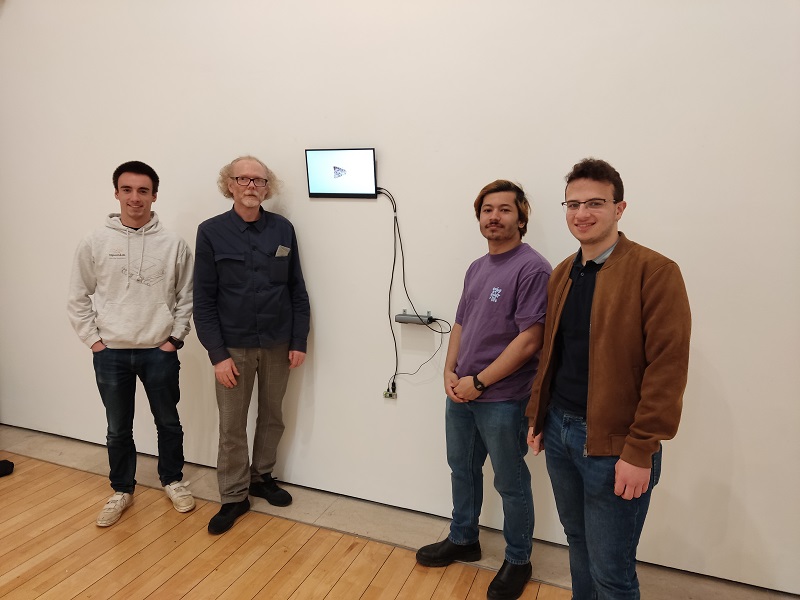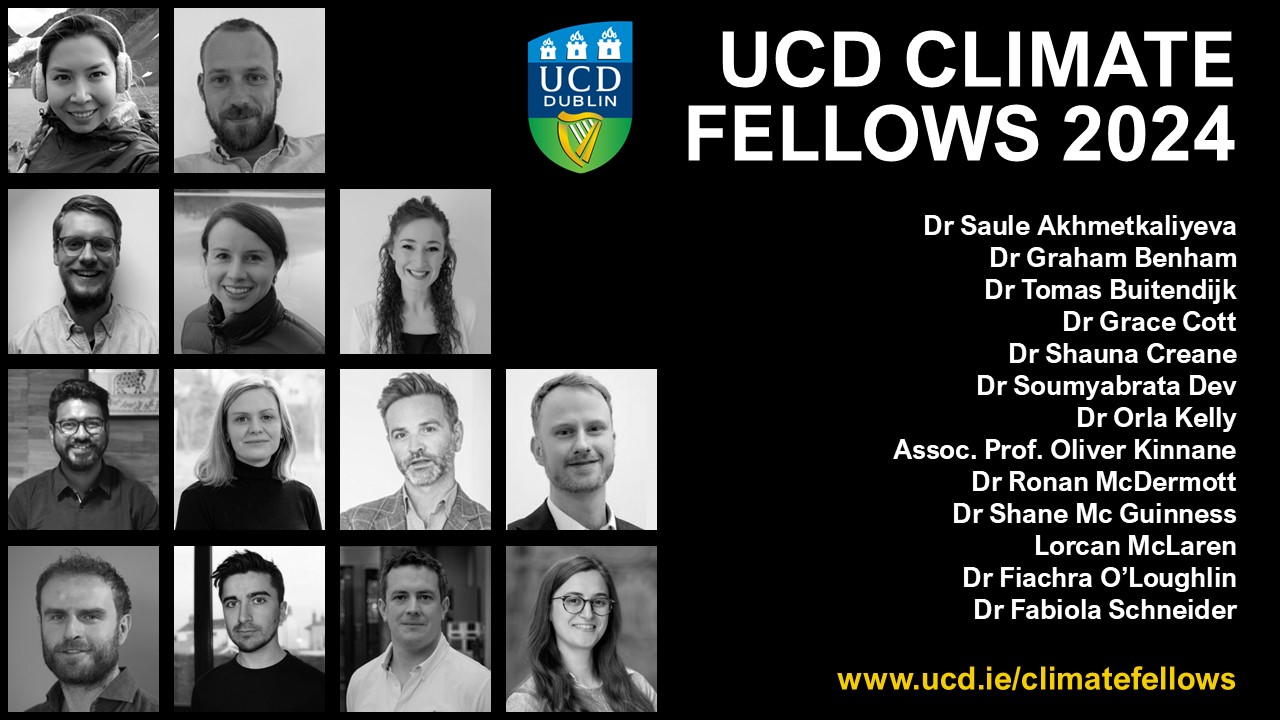Apollo Project \ eidolons with Mark Clare at National Gallery of Ireland

Mark Clare eidolons event at National Gallery Ireland, 5 November 2022. Left to Right: Daniel Alvarez Carreno, Mark Clare, Aness Al-Qawlaq and Abdulaziz Alharmoodi of UCD Elecsoc (Electrical and Electronic Engineering Society).
On Saturday 5 November 2022, UCD Artist-in-Residence Mark Clare delivered a free drop-in event based on his eidolons art work at the National Gallery of Ireland. Responses from the event were recorded here.
eidolons is a new art work highlighting the loss of local Biodiversity since the inauguration of the Irish Republic, 100 years ago this year. Technically a species is only considered Regionally Extinct if it has not been documented in the past 100 years. Since the founding of the Irish Free State, the island of Ireland has officially lost 26 insect species. Insects are the main contributors to Biodiversity globally. They are ecologically crucial, and play a vital role in food production, plant pollination, the regulation of soil and water quality, natural pest control and the provision of medical compounds. They make up a large proportion of Ireland’s biodiversity and are essential to the ecosystem functioning. In spite of this, they are an under-studied and under-appreciated component of our wildlife. The 26 species lost include: 8 species of water beetles, 14 species of macro-moths, of the butterflies, a single species (the mountain ringlet) is now considered regionally extinct, and of the bees, 2 species are now considered regionally extinct in Ireland.
This artwork was produced using a free software tool. Due to basic technology of this tool, these drawings are not completely anatomically correct. As species are continuously lost to us through climate collapse and habitat loss, the issue we face as a State is that future generations will have nothing to compare these drawings to and as such will be lost from the collective imagination forever.
As recent events in Ukraine have highlighted, Europe, including Ireland, is both reliant upon, and complicit in an ongoing global energy crisis. In response to this this project was produced using renewable energy from a green energy provider and is presented on a low-energy monitor powered by renewable energy, delivered through solar power. This process allows for the art work to be produced, and presented as a low carbon impact project. At a time of global energy insecurity this component of the work highlights an important dilemma for our future generations.
Acknowledgements and thanks
This project is being developed with the help of, Daniel Álvarez Carreño, Aness Al-Qawlaq and Abdulaziz Alharmoodi of UCD Elecsoc (Electrical and Electronic Engineering Society) and William Davis of the UCD Innovation Academy. A special thank you to William Fitzmaurice, of the UCD Earth Institute and Dr. Aidan O’Hanlon, Head Curator of Entomology at the Natural History Museum, the LAB and DLRCoCo Arts Office and the Arts Council of Ireland for all their support.
Further information
Responses from the event were recorded here.


